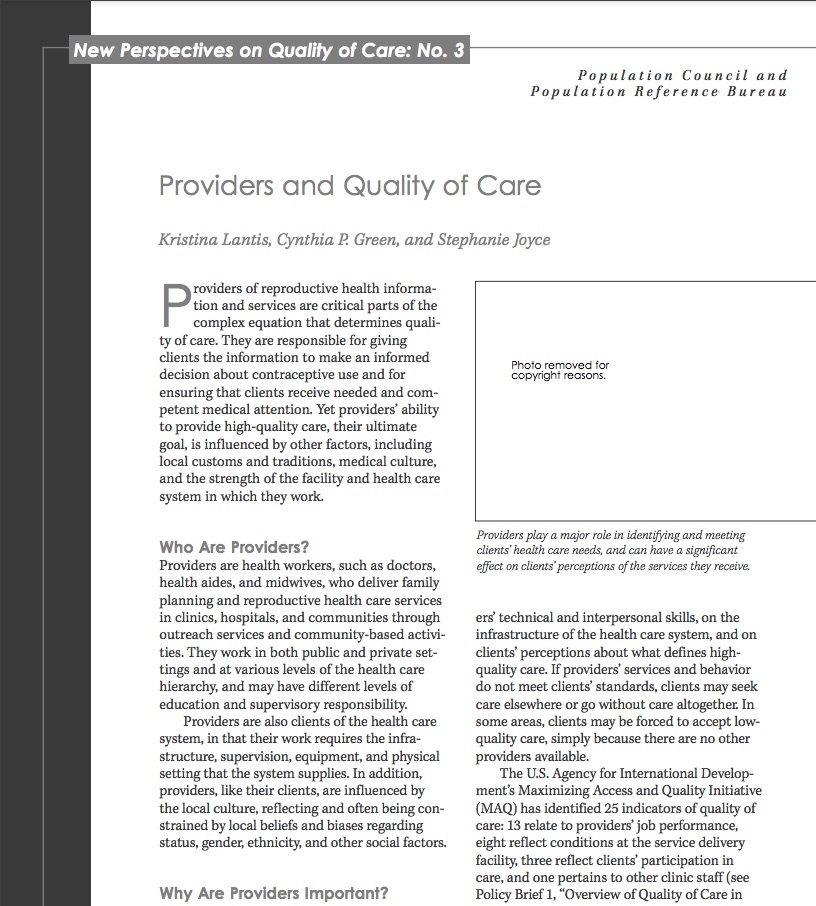PRB Discuss Online: Explaining India’s Deficit of Girls
(2009) India, along with China and several other countries, has a history of neglect for girls and women that produced lower female survival rates and an imbalanced ratio of males to females.
(2009) India, along with China and several other countries, has a history of neglect for girls and women that produced lower female survival rates and an imbalanced ratio of males to females.

(2002) Providers of reproductive health information and services are critical parts of the complex equation that determines quality of care. They are responsible for giving clients the information to make an informed decision about contraceptive use and for ensuring that clients receive needed and competent medical attention.

By looking at the intersection of poverty and inequality in local areas—and how this has changed over time—we can produce a more complete picture of U.S. economic health.
(2002) The past century witnessed a revolution in health care, yet millions of women still endure the risks of pregnancy and childbirth under conditions virtually unchanged over time. Maternal complications take a serious toll on women.
(2008) In the latter half of the last century, the world's developed nations completed a long process of demographic transition.1
(2009) As many as 140 million girls and women worldwide have undergone female genital mutilation/cutting (FGM/C), and more than 3 million girls are at risk for cutting each year on the African continent alone.
(2010) The idea of intentionally harming—let alone mutilating—healthy young girls stirs feelings of anger and injustice. The fact that thousands of girls are mutilated daily in the name of culture, religion, or gender is difficult to imagine.
(2001) Europe has the lowest fertility rates in the world. In 2000, the average for the region was 1.4 children per couple, and it ranged from 1.1 children in Bulgaria and the Czech Republic to 2.2 children in Albania.